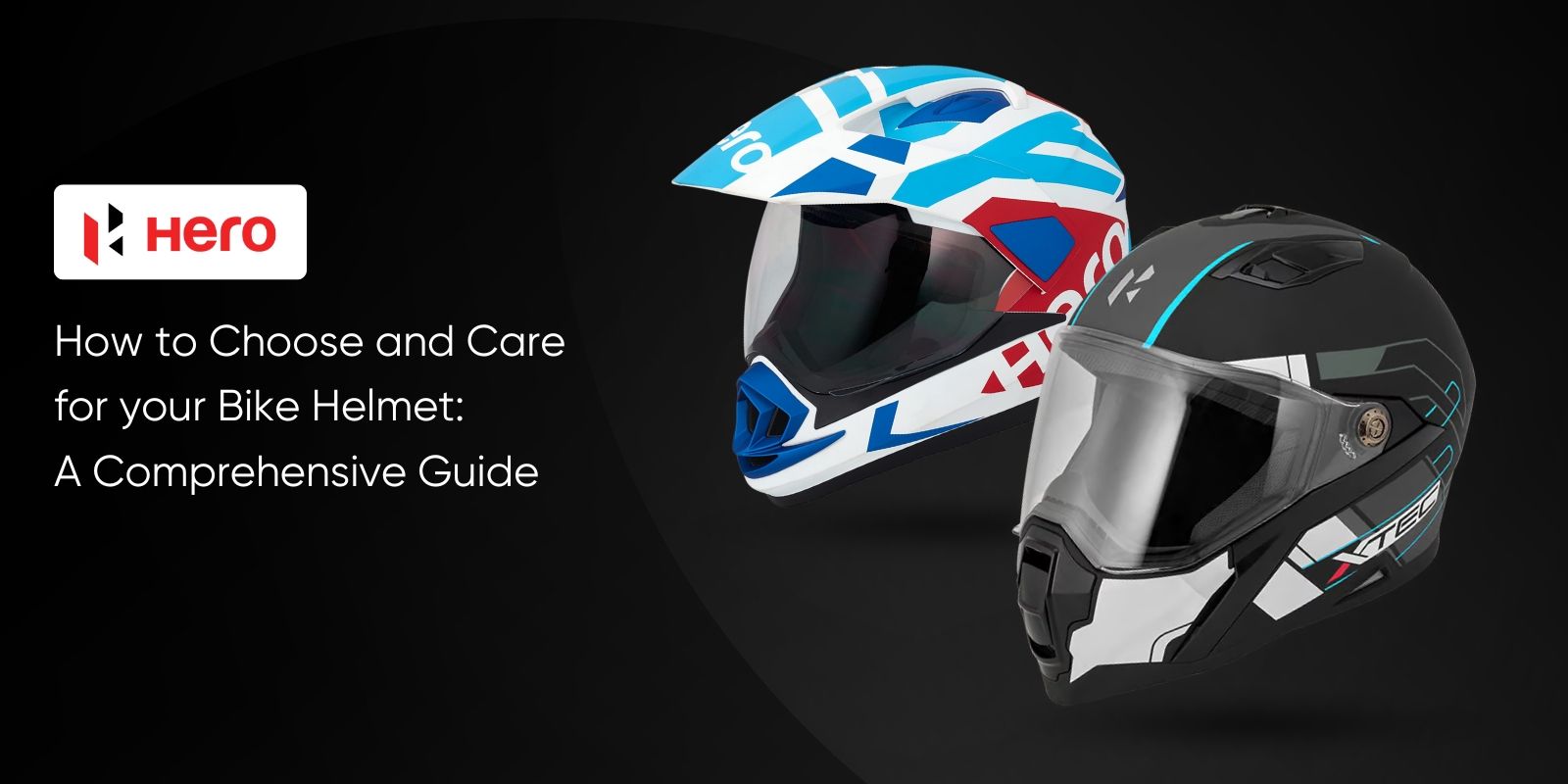How to Choose and Care for Your Bike Helmet: A Comprehensive Guide
Touring Essentials

If you're like us, your bike is more than just a means of transportation—it's a companion, a thrill, and sometimes, a way to clear your mind. But whether we're cruising down a scenic route or weaving through city traffic, there's one thing we should never compromise on: our safety. And the cornerstone of that safety? Our helmet.
Table of Contents
Guide on How to Choose and Care for Your Bike Helmet: A Comprehensive Guide
Choosing the right bike helmet by going over things like how to select helmet size and taking care of it is crucial. It protects our heads in the event of an accident and gives us peace of mind, allowing us to focus on the ride. So, get ready to learn everything you need to know to pick the perfect helmet and keep it in top condition.
Why is a Helmet Non-Negotiable
First things first, let's talk about why a helmet is a must-have. We all know that riding a bike can be unpredictable. Even if we're careful, there are countless variables on the road—other drivers, road conditions, weather—that we can't control. A helmet is our first line of defence against head injuries, which can be life-threatening or result in long-term consequences. By wearing a helmet, we're not just protecting ourselves; we're also setting an example for others, especially younger riders.
How to Choose the Right Helmet
Selecting the right helmet can feel overwhelming with all the options out there, but it doesn't have to be. Here’s how to choose the right bike helmet:
1. Helmet Type
There are different helmets designed for different types of biking. Are we into road biking, mountain biking, or commuting? Here's a quick rundown:
- Road Bike Helmets: These are lightweight, aerodynamic, and designed for speed. They usually have plenty of ventilation to keep you cool on long rides.
- Mountain Bike Helmets: These offer more coverage, especially at the back of the head, and often come with visors to shield your eyes from the sun and debris.
- Commuter Helmets: These are designed for everyday use, offering a balance of protection, comfort, and style.
2. Fit and Comfort
A helmet that doesn't fit properly won't protect us effectively. When trying on helmets, here's what you should do:
- Measure Our Head: Use a soft tape measure to find the circumference of your head, about an inch above our eyebrows.
- Try Before We Buy: If possible, try the helmet on. It should sit level on your head, covering the top of your forehead without tilting forward or backward. The fit should be snug but not too tight.
- Adjust the Straps: The side straps should form a "Y" shape just below your ears, and the chin strap should be snug enough that only one or two fingers can fit between the strap and your chin.
3. Safety Standards
You must be wondering how to check helmet quality? For that, always make sure the helmet meets safety standards. Our helmets meet specific safety regulations, such as the ISI (Indian Standard Institute). You can also look for a certification sticker on the helmet.
4. Weight
The helmet's weight can affect our comfort, especially on longer rides. Lighter helmets are generally more comfortable but may come at a higher price. It's a balance you'll need to consider based on how much time we spend on the bike.
5. Style and Colour
While safety should be our top priority, there's no harm in choosing a helmet that we like the look of. That’s why we make helmets in varying colours and reflective materials to help you choose your style and colour.
How to Care for Your Helmet
Once you've found the perfect helmet, which helmet certification is best considered, taking care of it is important. Here's how:
1. Cleaning the Helmet
- Regular Cleaning: After a ride, especially on hot days, your helmet might be sweaty and dirty. Wipe it down with a damp cloth and mild soap. Avoid using harsh chemicals or solvents, as they can weaken the helmet's materials.
- Remove the Pads: If you have a chosen one of our helmets that has removable pads, take them out and wash them separately. This will help prevent odour buildup and keep the helmet fresh.
2. Storing the Helmet
- Keep It Cool and Dry: Store our helmet in a cool, dry place, away from direct sunlight or heat sources. Prolonged exposure to UV rays and heat can weaken the materials even of those helmets which you bought after checking which helmet is approved by RTO.
- Avoid Hanging by the Straps: Hanging the helmet by its straps can cause them to stretch out over time. Instead, place it on a flat surface or use a helmet holder.
3. Inspecting for Damage
- Regular Inspections: Before each ride, give our helmet a quick once-over. Look for cracks, dents, or any signs of damage. Even minor damage can compromise the helmet's effectiveness.
- After a Crash: If you've been in an accident, even if the helmet looks fine, it's best to replace it. The internal structure could be damaged, reducing its ability to protect us. These are the helmets that are categorised under “which helmet is not allowed”.
Our helmets are our best friend on the road. It's a simple, yet essential piece of gear that can make all the difference in keeping us safe.
By choosing our genuine helmets and taking care of them, you're investing in your safety and peace of mind. So, let's ride confidently, knowing you've got the best protection on your head.

